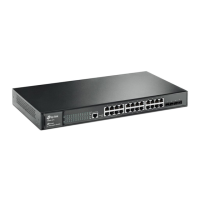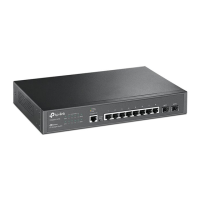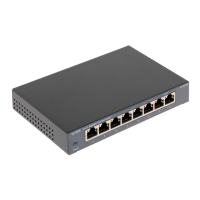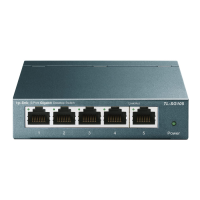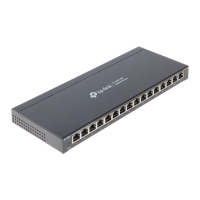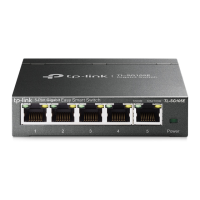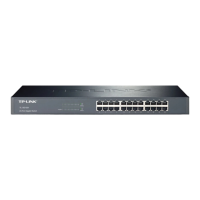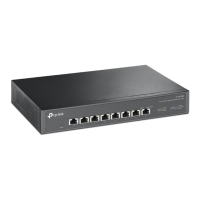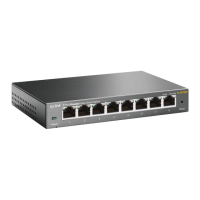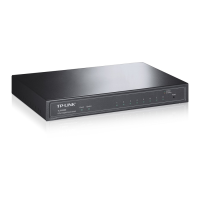Configuring DHCP Service DHCP
User Guide
539
can assign IP addresses that are in the same subnet with the Relay Agent IP Address to the
clients.
The switch supports specifying a DHCP server for multiple Layer 3 interfaces, which makes
it possible to assign IP addresses to clients in different subnets from the same DHCP
server.
As the following figure shows, the IP address of VLAN 20 is 192.168.2.1/24 and that of the
routed port Gi1/0/1 is 192.168.3.1/24. With DHCP Interface VLAN configured, the switch
fills in the Relay Agent IP Address field of the DHCP packets with the IP address of VLAN 20
(192.168.2.1/24) when applying for IP addresses for clients in VLAN 20, and fills with the IP
address of Gi1/0/1 (192.168.3.1/24) when applying for an IP address for PC 1. As a result,
the DHCP server will assign IP addresses in Pool A (the same subnet with the IP address of
VLAN 20) to clients in VLAN 20, and assign an IP address in Pool B (the same subnet with
the Gi1/0/1) to PC 1.
Figure 1-2 Application Scenario of DHCP Interface Relay
VLAN 20
192.168.2.1/24
Gi1/0/1
Routed Port
192.168.3.1/24
DHCP Server
Pool A:192.168.2.0/24
Pool B:192.168.3.0/24
DHCP Clients
VLAN 20
192.168.2.0/24
PC 1
DHCP Client
192.168.3.2/24
Switch
DHCP Relay
■ DHCP VLAN Relay
DHCP VLAN Relay allows clients in different VLANs to obtain IP addresses from the DHCP
server using the IP address of a single agent interface.
In DHCP Interface Relay, to achieve this goal, you need to create a Layer 3 interface for
each VLAN to ensure the reachability.
In DHCP VLAN Relay, you can simply specify a Layer 3 interface as the default agent
interface for all VLANs. The switch fills this default agent interface’s IP address in the Relay
Agent IP Address field of the DHCP packets from all VLANs.
As the following figure shows, no IP addresses are assigned to VLAN 10 and VLAN 20,
but a default relay agent interface is configured with the IP address 192.168.2.1/24. The
switch fills in the Relay Agent IP Address field of the DHCP packets with the IP address
of the default agent interface (192.168.2.1/24) when applying for IP addresses for clients
in both VLAN 10 and VLAN 20. As a result, the DHCP server will assign IP addresses on
192.168.2.0/24 (the same subnet with the IP address of the default agent interface) to
clients in both VLAN 10 and VLAN 20.
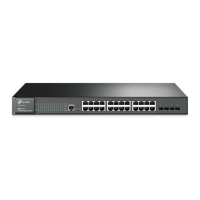
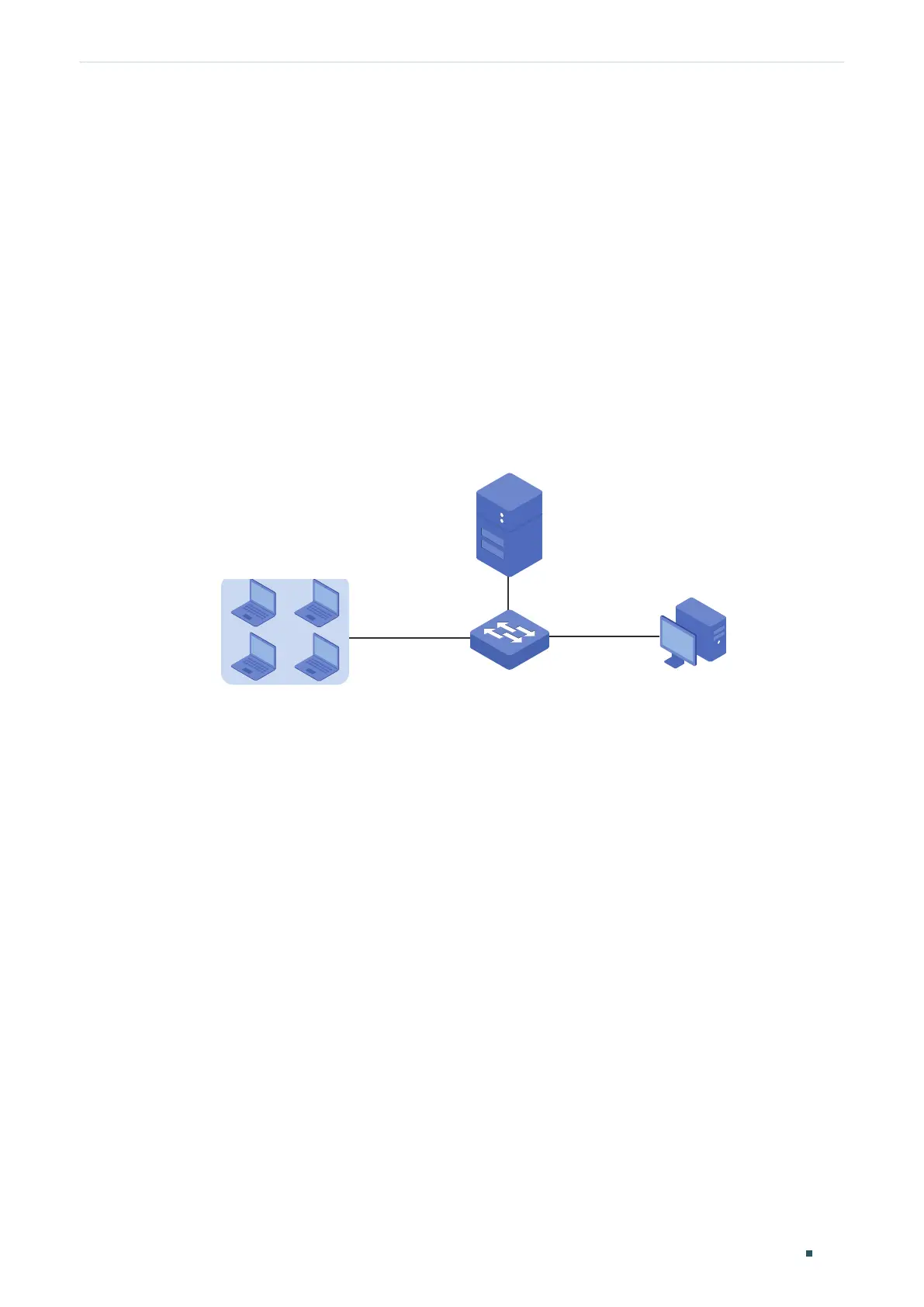